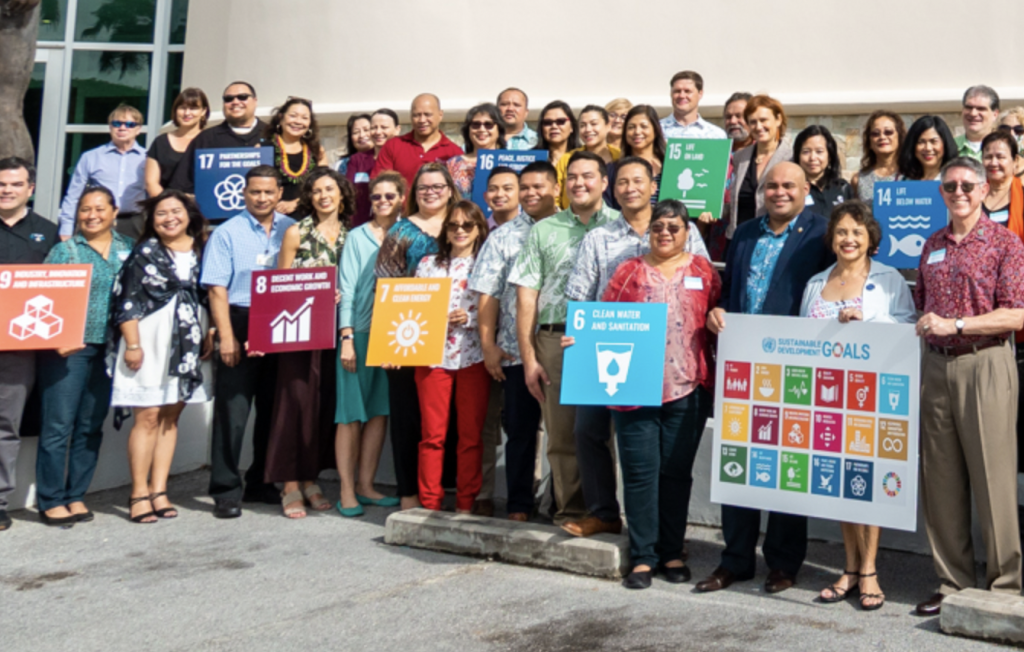Guam becomes the Second U.S. Territory to Join U.S. Climate Alliance

Hagåtña, Guam – Upon the second anniversary of the U.S. rejoining the Paris Climate Agreement, Governor Lou Leon Guerrero today announced that she has joined the U.S. Climate Alliance, a bipartisan coalition of U.S. governors – representing approximately 60 percent of the U.S. economy and 55 percent of the U.S. population – working together to accelerate emission reductions, strengthen resilience to the impacts of climate change, and achieve the goals of the Paris Agreement. Guam is the second U.S. territory to join.
“While islands like Guam are already feeling the effects of the climate crisis and face hotter weather, risks to freshwater supplies, coral reef death, and stronger typhoons – we are uniquely positioned to talk about climate impacts with the U.S. Climate Alliance,” said Governor Leon Guerrero. “With the support of a national coalition committed to a more sustainable future, we also are more empowered to pursue resilient conservation solutions.”
Governor Leon Guerrero participated in the Micronesian Presidents Summit and Micronesian Islands Forum hosted by the Federated States of Micronesia in Pohnpei State last week.
“The leadership of Micronesia met to discuss regional security, infrastructure, and illegal, unreported, and unregulated fishing and related activity, among other priorities,” Governor Leon Guerrero added. “These issues are important for the whole of Micronesia to address as they also affect our long term resilience and environmental quality. In building on the principles of the Declaration on U.S.-Pacific Partnership presented by President Biden last September, we will support the advancement of responsible climate policy, and elevate our experience as Pacific Islanders to inform federal policy and program development.”
Governors in the U.S. Climate Alliance commit to achieve the goals of the Paris Agreement and pledge to:
o Collectively reduce greenhouse gas emissions by: at least 26–28% below 2005 levels by 2025; 50–52% below 2005 levels by 2030; and achieve overall net-zero greenhouse gas emissions no later than 2050;
o Accelerate new and existing policies to reduce greenhouse gas pollution, build resilience to
the impacts of climate change, and promote clean energy deployment;
o Center equity, environmental justice, and a just economic transition in their efforts to achieve their climate goals and create high-quality jobs; and
o Track and report progress to the global community in appropriate settings, including when the world convenes to take stock of the Paris Agreement.
###
